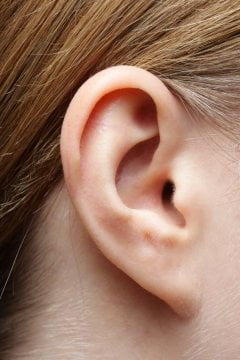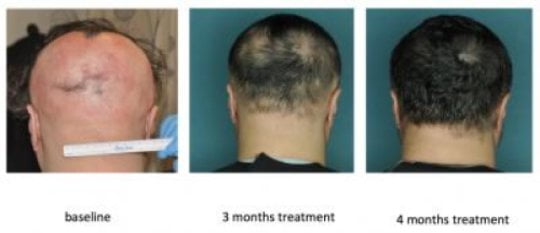
It is found that there is a decrase of 30-50% of excercise capacity as heart and blood vessels become less effective at blood transportation.
Astronauts aboard the International Space Station (ISS) or in deep space missions have lower physical fitness and exercise capacity as their heart and blood vessels become less effective at transporting oxygen to muscles, a new study has found.
Researchers set out to find why astronauts’ exercise capacity decreases between 30 and 50% in long-duration spaceflight.
“It is a dramatic decrease,” said Carl Ade, assistant professor at Kansas State University in the US.
“When your cardiovascular function decreases, your aerobic exercise capacity goes down. You can’t perform physically challenging activities anymore,” said Ade.
“While earlier studies suggest that this happens because of changes in heart function, our data suggests that there are some things happening at the level of the heart, but also at the level of the microcirculation within capillaries,” he said.
In addition to improving astronaut health and providing valuable information for future long-duration spaceflights, the research also can help Earth-bound clinical patients with heart failure, Ade said.
While in outer space or on the ISS, astronauts have to perform many physically demanding tasks, from the simpler task of opening a capsule door to potentially more intense future planetary tasks such as helping a fallen crew member.
Just as important is making sure astronauts can perform life-saving tasks when they return to gravity – tasks that could include an emergency landing on Earth or performing extravehicular activities on the surface of Mars, Ade said.
For the study, researchers used data from NASA’s Johnson Space Centre on nine astronauts who spent about six months aboard the ISS. The data included exercise measurements before and after their time in outer space.
The astronauts performed a stationary bike exercise test several months before they launched to the ISS.
The researchers established the astronauts’ exercise capacity through measurements – such as oxygen uptake, cardiac output, haemoglobin concentration and arterial saturation – that illustrate how effectively the body transports oxygen to the muscle mitochondria.
Within a couple of days of returning to earth, the astronauts performed the same stationary bike exercise test to determine changes in aerobic exercise capacity. By comparing the two sets of data, the researchers saw a 30 to 50% decrease in maximal oxygen uptake.
Maximal oxygen uptake is the maximum rate of oxygen that is consumed during exercise and shows the cardio-respiratory health of a person.
The researchers attribute this decrease to the way that microgravity changes the interaction between blood vessel capillaries and red blood cells, but say that more research is needed to understand what is happening in the capillaries.
“If we can understand why maximal oxygen uptake is going down, that allows us to come up with targeted interventions, whether that be exercise or pharmacological interventions,” Ade said.
“This important new information can help these astronauts and prevent any adverse performance changes in their job,” he said.
[“Source-dnaindia”]




















